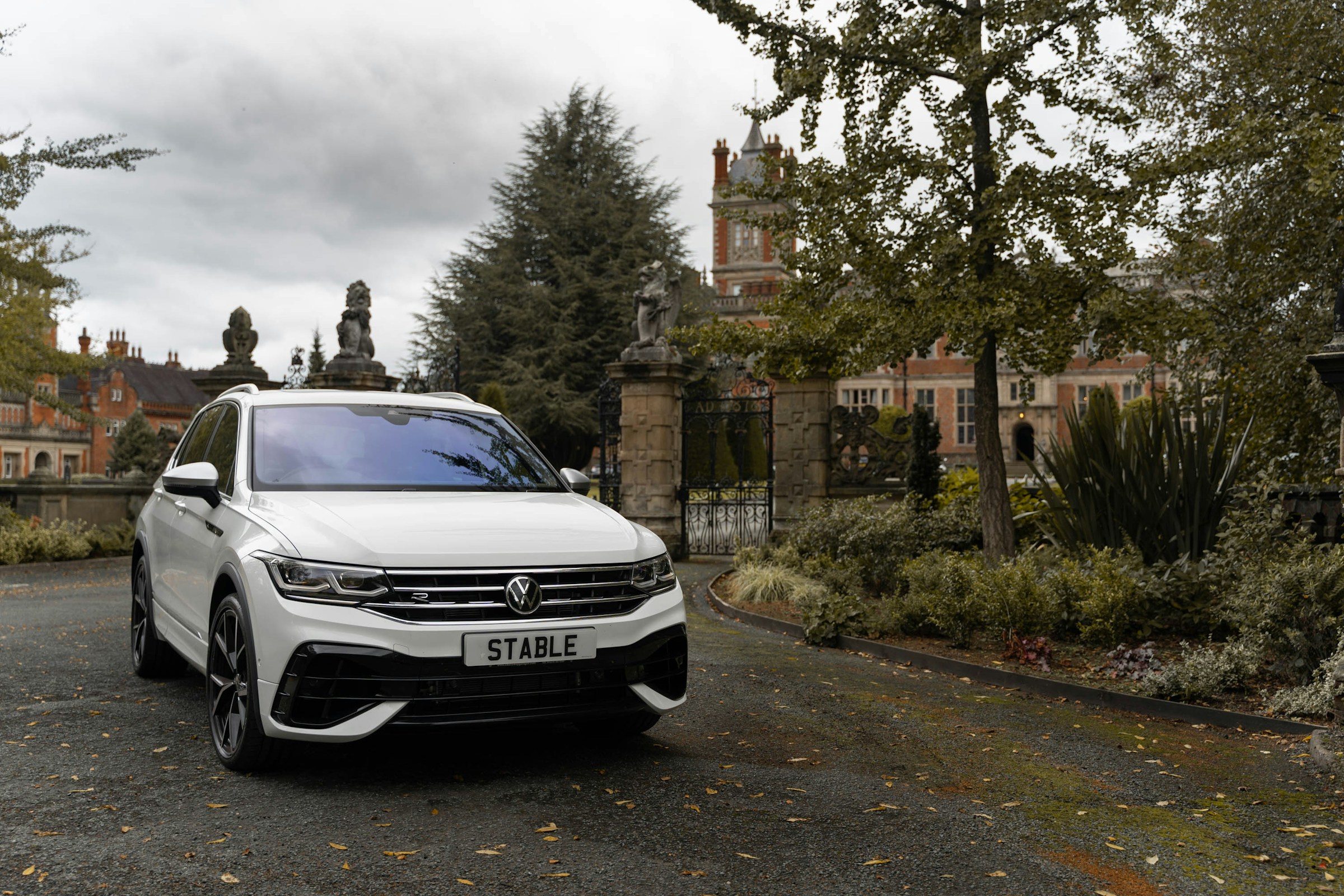How Engine Stop-Start Systems Are Changing Daily Driving
You're stopped at a red light, foot on the brake, and the engine falls silent. No stall, no panic—just the calm hush of a car waiting to move. Within a split second of easing off the brake, the engine roars back to life. This isn't magic; it's the engine stop-start system at work, and it's transforming everyday commutes across America.

The roots of fuel-saving innovation
The concept behind engine stop-start systems is surprisingly old. European automakers, especially in the late 1970s and early 1980s, began exploring methods to reduce idling time to meet tightening emissions regulations. However, it wasn’t until the 2000s that the technology matured enough for mainstream use, largely driven by increasingly aggressive fuel economy targets and advancements in electronic engine controls.
In the U.S., early adopters included luxury brands like BMW and Mercedes-Benz, who introduced the feature as a premium efficiency enhancement. Eventually, domestic automakers and mass-market models caught on. Today, stop-start is common in sedans, SUVs, and even trucks.
How the system works under the hood
At its core, a stop-start system automatically shuts off the engine when the vehicle comes to a complete stop and restarts it as the driver lifts off the brake (or depresses the clutch in manual transmission vehicles). The system relies on a network of sensors, including brake pressure, battery status, engine temperature, and vehicle speed, to determine optimal shutdown and restart points.
Critical to its function is a beefed-up starter motor and a more durable battery system—often an AGM (Absorbent Glass Mat) or EFB (Enhanced Flooded Battery) capable of handling frequent cycles. Some setups also integrate a second battery or use belt-driven starter-generators to deliver smoother restarts.
Fuel savings and environmental impact
From a technical standpoint, the main advantage of stop-start systems is improved fuel economy. While gains vary depending on driving conditions, the EPA estimates fuel savings of 3 to 10 percent in urban driving. For fleet vehicles and high-mileage commuters, that can add up to hundreds of dollars annually.
Emissions reduction is another benefit. Since idling engines produce pollutants without moving the vehicle, cutting idle time helps reduce a car’s overall emissions footprint. In cities where smog and greenhouse gas targets are top priorities, stop-start systems contribute to cleaner air and regulatory compliance.
Not all drivers are convinced
Despite its advantages, engine stop-start technology hasn’t won over everyone. Some drivers find the restart sensation jarring or are concerned about long-term wear on the starter system. Others question whether the fuel savings justify the added complexity.
Automakers have responded with customizable settings, allowing drivers to disable the system if preferred. Manufacturers also continue to refine the technology for smoother, quieter restarts—using electric-assist systems, flywheel-mounted starter motors, and even mild hybrid systems to improve responsiveness.
In colder climates, where engine temperature plays a larger role in system function, stop-start systems may remain off until ideal conditions are met. That adds to system longevity and ensures reliability across varying environments.
Market outlook and future iterations
Today, stop-start systems are standard on many new models, especially those targeting fuel efficiency or seeking favorable emissions ratings. As regulations become stricter and consumer demand for eco-friendly solutions grows, the stop-start trend is likely to stay.
However, the next frontier lies in integration. Some manufacturers are bundling stop-start with regenerative braking and 48-volt systems, allowing for smarter energy management and seamless transitions between driving modes. As cars evolve toward electrification, stop-start becomes a stepping stone in that direction—one that reduces impact without requiring a full EV infrastructure shift.
Additionally, software updates and machine learning may soon play a role, allowing stop-start systems to adapt to individual driving habits and optimize operation based on route history, traffic conditions, and driver preference.
A subtle but powerful evolution
While it’s not as headline-grabbing as full electrification or supercar-level performance, engine stop-start systems represent a quiet revolution. They blend mechanical ingenuity with smart software, improving efficiency in one of the most common driving scenarios: the everyday stop.
And that might be what makes them most significant—not their complexity, but their ability to make a small change in millions of daily routines, ultimately reducing fuel usage, emissions, and wear without compromising the driving experience. Whether you’re a fan or a skeptic, one thing is clear: in the pursuit of smarter, cleaner cars, even the smallest innovations matter.




